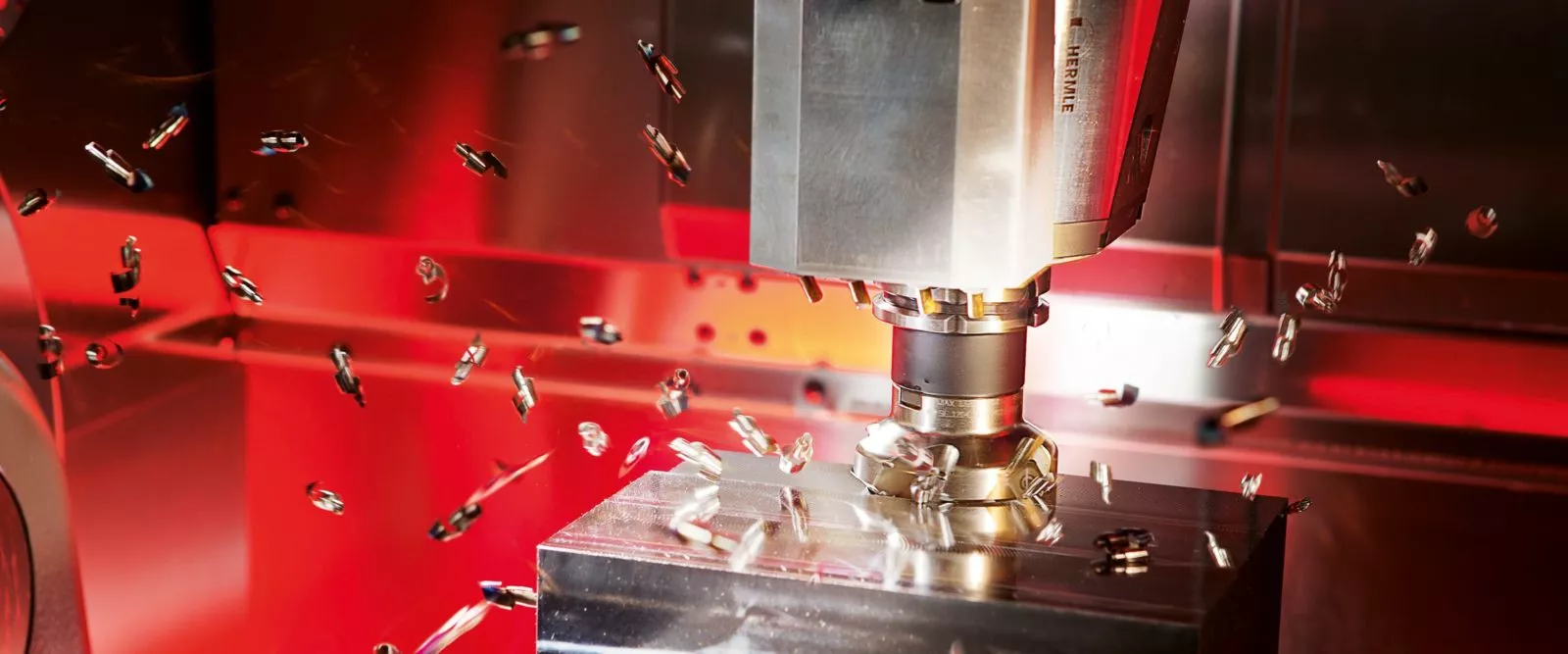Machining Titanium – is it really that hard?
Titanium is a widely used material in the aerospace and medical industries due to its exceptional properties. Despite its popularity, titanium is notorious for being one of the most difficult materials to machine, and tales of broken tools and ruined workpieces are abundant. This article will help demystify the challenges encountered when machining this material and provide some insight into techniques that can improve titanium machining success rates.
Contact us to learn more about Machining Titanium
Types of titanium alloys
Like all other metals titanium has numerous different alloys available, each with its own special set of properties and behaviour. Here is a summary of the different types:
Pure titanium – As the name suggests, pure titanium consists of no alloying elements and is the easiest type of titanium to machine
Alpha alloys – This refers to titanium alloys that contain aluminium, oxygen and/or nitrogen
Beta alloys – This refers to titanium alloys that contain molybdenum, iron, vanadium, chromium and/or manganese
Mixed – This is a mixture of both alpha and beta titanium alloys
Benefits of using titanium
Why even bother using titanium if it is so difficult to use?
The main advantages of titanium as a manufacturing material are that it is highly corrosion resistant, has exceptional bio-compatibility and has the best strength to weight ratio of any metal. These qualities make it an especially sought after material in the aerospace and medical industries.
Disadvantages of using titanium
Due to titanium’s affinity to other elements it cannot be found naturally occurring and therefore requires complex and energy-intensive processes to refine it. This means that it is very expensive compared to other common materials. Another major disadvantage of titanium is its degree of difficulty when machining processes are required.
What makes titanium difficult to machine?
Titanium is known as being a tough material to work with and is very sensitive to a number of factors. Listed below are some of the key challenges with machining titanium.
More coolant – Titanium is an insulator, and therefore the heat generated during the cutting operation tends to stay near the cutting tool. This heat blunts the tool, which in turn creates more heat, and the cycle continues until the tool fails completely. An obvious solution to excessive heat is more coolant. Blasting the work zone and tool with 10% concentrated coolant from a high-pressure supply will ensure that the contact area is kept cool and any heat-carrying chips can be washed away.
High pressure coolant – For turning applications the position and pressure of the coolant is crucial. With the right application much higher surface speed and metal removal rates can be achieved. The only downside to this is potential material being redeposited onto the surface of the part. This can be overcome by planning the cutting strategy and also reducing the coolant pressure for the final finish cuts.
Constant feed – Titanium is prone to work hardening, namely, as the material is cut it becomes harder and therefore even more abrasive to tooling. A constant feed ensures that cutting work-hardened material is kept to an absolute minimum.
Increased feed rate – If the machine allows, increasing the feed rate means that the tool spends less time in a specific area and therefore has less time to allow heat to build up and work hardening to affect the cutting edge of the tool.
Tooling – Carbide tipped tools with a PVD coating are the best suited tool for cutting titanium. Newer, more advanced tool coatings are also available such as TiAIN (Titanium Aluminum Nitride). Titanium is a relatively springy material and as such a sharp tool is absolutely critical. Blunt tools will rub the surface and cause chatter.
Chip control – Titanium can produce long chips that can easily damage tooling and mark the surface of the workpiece. Furthermore long, thin chips are not ideal as they do not assist with transferring heat away from the work zone. Tooling and tool paths that allow for the creation of smaller and thicker chips are therefore ideal when machining titanium.
Workholding – Another critical part of the system is the correct workholding. With the workpiece clamped securely you can remove vibration from the process allowing better cutting data to be achieved. Many titanium parts are thin in section due to the nature of their use, using bespoke workholding solutions for the final operations will yield better results often allowing greater access and support to the component.
Tool path – Choosing the right tool path when machining titanium is as critical as choosing the correct tool. Tool paths that ensure constant cutter engagement in the workpiece are absolutely necessary when machining titanium. When cutting out a slot a tool path that incorporates a trochoidal pattern will reduce the amount of time that any one flute is engaged with the material, which helps limit heat build-up. Arcing the cutting tool into and out of the workpiece helps reduce shock and abrupt motion that can severely damage tools.
Machine tools – A robust machine tool is critical to successfully machine titanium. The ideal titanium milling machine needs to be rigid with spindles that can operate at low spindle speeds and high torque. This helps absorb vibration and reduce chatter during the cut which is a common problem when machining titanium.
In conclusion
Titanium is certainly not a straightforward material to work with, but its material properties mean that it is here to stay. With the correct machine tool and machining strategy, titanium can be cut with ease. Contact a Kingsbury representative for expert advice on machine tools and strategies that were specifically designed for milling materials like titanium.
